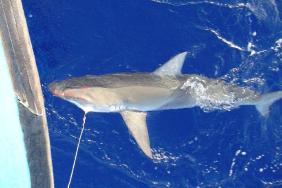Despite how many sharks are in the ocean, scientists are still discovering how these menacing creatures actually behave. Thanks to specials like Discovery Channel’s Shark Week, our understanding of sharks has grown immensely in recent years.
As greater numbers of shark encounters occur at America’s beaches and around the world, it’s even more important that we know what’s going on with these dangerous animals. Here are 10 things you might not know about how sharks hunt.
360 field of vision
One of the things that make marks so creepy is their eyes. Dark and indifferent, they seem to see everything. Well, in fact, sharks have a nearly 360-degree field of vision. They also have a film over their retina affording special night vision.
RELATED: Trio of Shark Attacks Occur on Stretch of Florida Beach
Jaws unhinge
As if the jaws of a shark wasn’t scary enough, they can also unhinge similar to a snake so that they can take an extra large bite to gobble in their prey. They can also create a partial vacuum to suck prey toward right into their chompers.
Special sensing organs
Most sharks, like rays, possess special sensing organs called electroreceptors, which form a network of jelly-filled pores. This helps sharks detect prey but it also makes them extremely sensitive to electrical current. This has been exploited to create shark prevention devices.
RELATED: Watch a Great White Attack a Spear Fisherman
Teeth matches prey
When bow hunters go out in the field, they select the proper broadhead for whatever they will be hunting. The same holds true for sharks and the shape of their teeth. Different sharks are different teeth. tiger sharks are curved, pointy and sharp enough to puncture turtle shells. Great whites have knife-like serrated teeth for cutting meat. Some sharks like nurse sharks, practically forego their teeth altogether, choosing instead to suck in small fish and plankton.
Hunting from the beach
Sharks are intelligent animals. When given the opportunity they will adapt to their surroundings and do what they need to survive. In the Bahamas, nurse sharks are known to come right up on the dock and grab fish scraps from the local anglers. Others seem to have no fear of washing onto shore for a quick meal.
Some hunt alone, others in schools
Just like people, some sharks tend to go it alone while others prefer strength in numbers. Tiger sharks, for instance, prefer to hunt alone, using stealth and ambush tactics to catch their prey, while scalloped hammerheads, for instance, hunt in schools of more than 100.
RELATED: Watch a Massive Great White Attack a Fishing Boat
Camouflage
Along with their keen senses of sight, smell and speed, sharks have a tremendous understanding of their natural surroundings. They are uniquely able to camouflage themselves in a number of ways including using the sun’s reflection or the white underbelly of their bodies.
Knowing the cycles
Just like with human hunters, sharks have learned the best times to hunt are when their prey is moving. Seals and sea lions, the primary targets for great whites, tend to leave their home turf in the late evening and return just around dawn. That means these are the times sharks will likely be on the prowl looking for their next meal. In Florida each year, the blacktip sharks and some spinners migrate down the coast with the mullet creating a feeding frenzy by the thousands.
Feeding frenzies
Just like the name implies, a feeding frenzy is a giant gorge fest where sharks all pile into the same kill. This is typically something big like a seal or even a whale. Feeding frenzies represent the fact that sharks are opportunistic hunters more than anything. They will take what they can get and the easiest way they know how, kind of like a teenager.
Keen sense of smell
You might wonder, how is that sharks might arrive at a feeding frenzy or be there when you spear your next tuna. It’s because sharks have an incredible sense of smell that can detect a drop of blood from a quarter-mile away.
Photo credit: Wikimedia
Sharks
-
Sharks
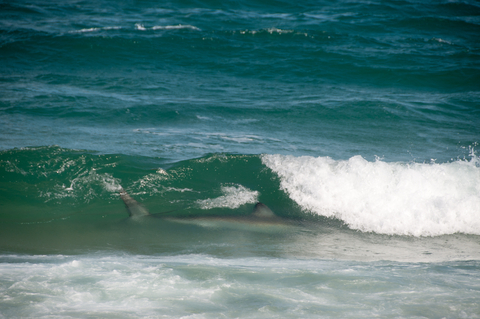
Photo credit: Dreamstime
-
Sharks
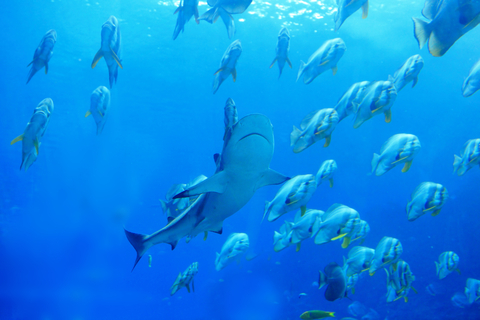
Photo credit: Dreamstime
-
Sharks
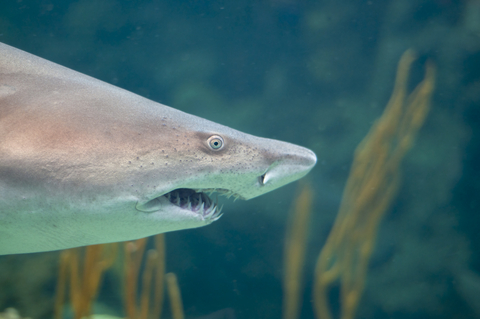
Photo credit: Dreamstime
-
Sharks
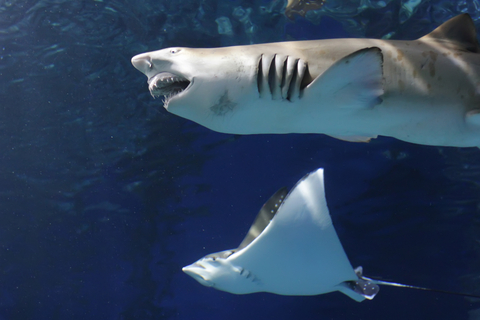
-
Sharks

Photo credit: Dreamstime
-
Sharks
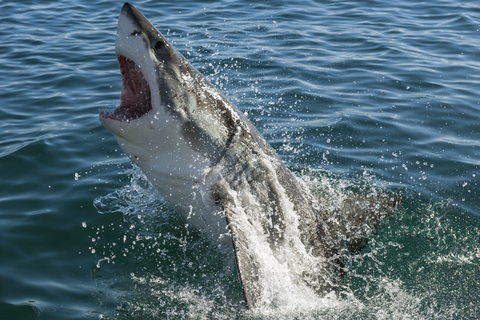
Photo credit: Dreamstime
-
Sharks

Photo credit: Dreamstime
-
Sharks

Photo credit: Dreamstime
-
Sharks
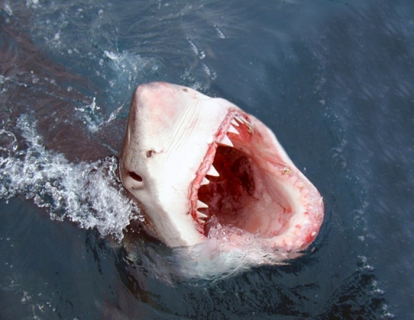
Photo credit: Dreamstime
-
Sharks
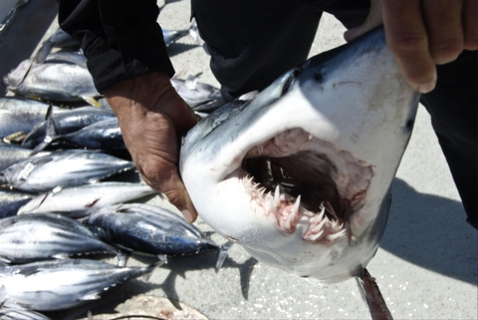
Photo credit: Dreamstime
-
Sharks
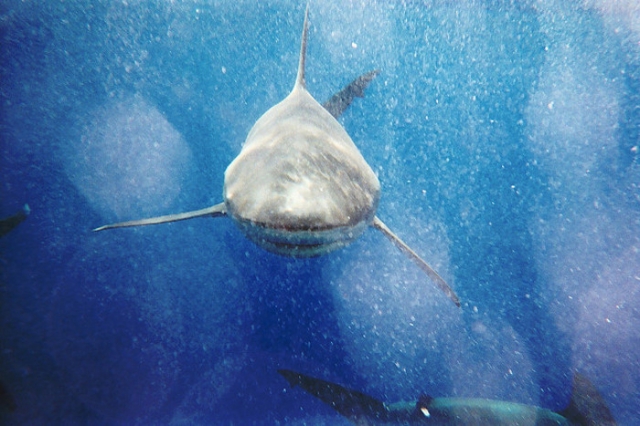
-
Sharks

Photo credit: Dreamstime
-
Sharks
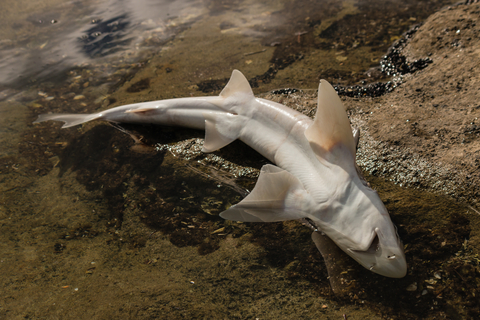
-
Sharks
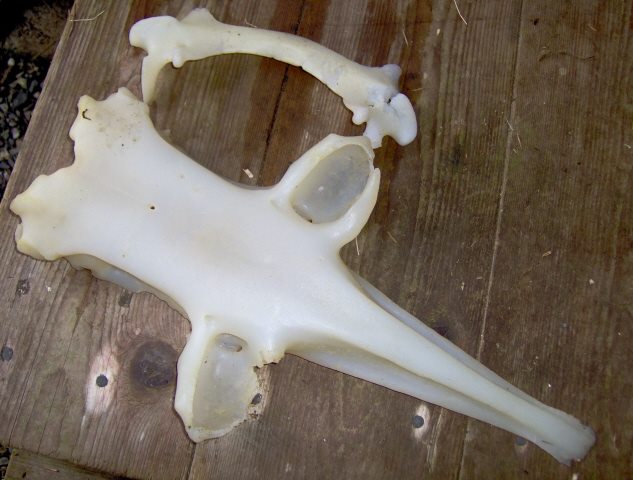
Photo credit: Dreamstime
-
Sharks

Photo credit: Dreamstime
-
Sharks
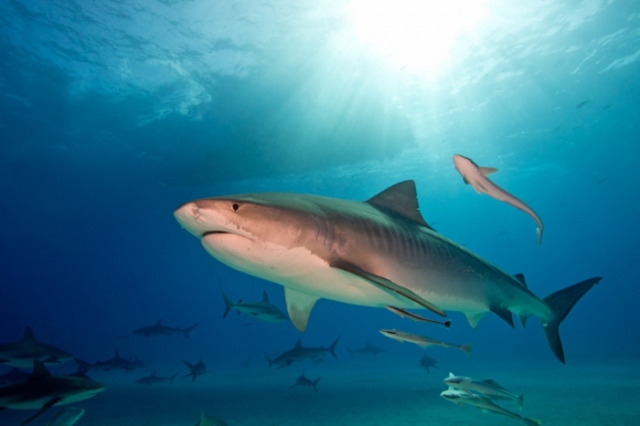
Photo credit: Dreamstime
-
Sharks

Photo credit: Dreamstime
-
Sharks

Photo credit: Dreamstime
-
Sharks
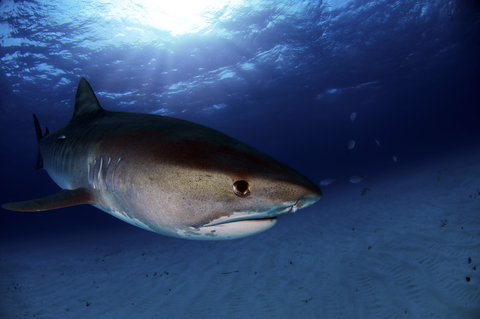
Photo credit: Dreamstime
-
Sharks

Photo credit: Dreamstime
-
Sharks
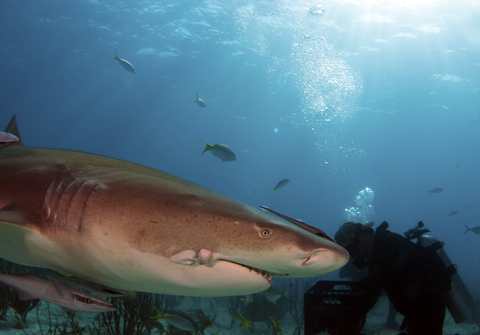
Photo credit: Dreamstime
-
Sharks

Photo credit: Dreamstime
-
Sharks

Photo credit: Dreamstime
-
Sharks

Photo credit: Dreamstime
-
Sharks
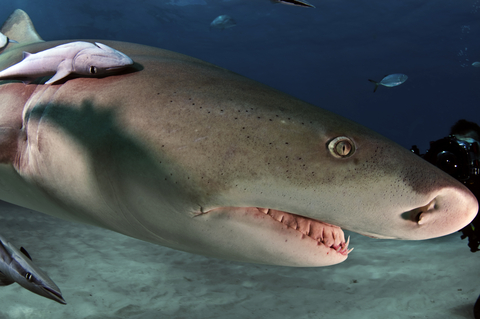
Photo credit: Dreamstime
-
Sharks

Photo credit: Dreamstime
-
Sharks
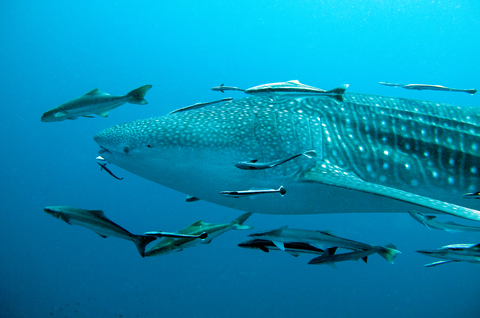
Photo credit: Dreamstime
-
Sharks
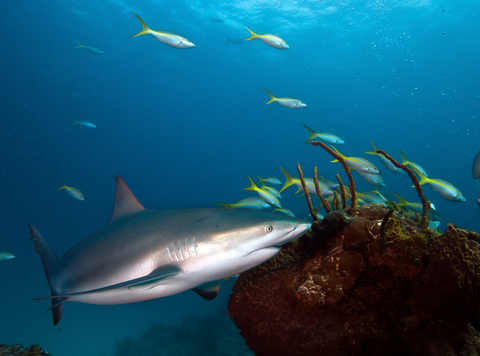
Photo credit: Dreamstime
-
Sharks
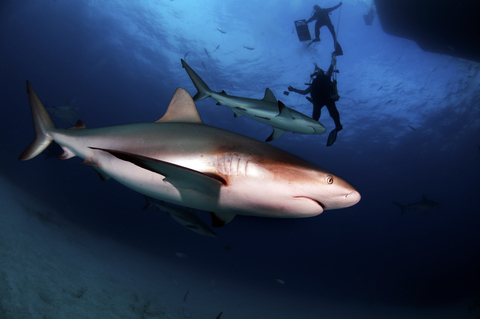
Photo credit: Dreamstime
-
Sharks
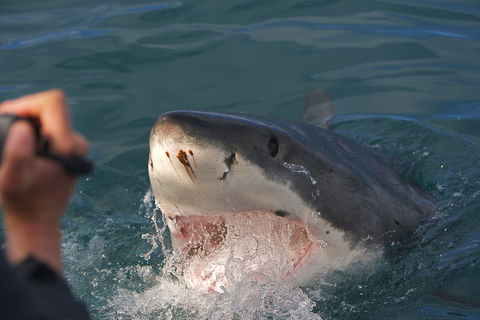
Photo credit: Dreamstime
-
Sharks
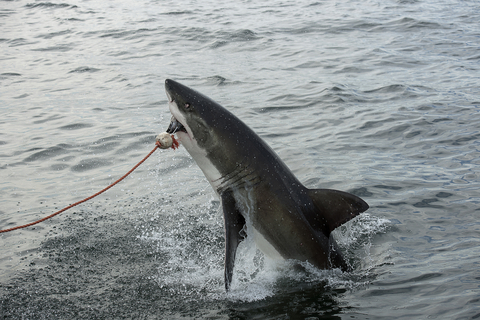
Photo credit: Dreamstime
-
Sharks

Photo credit: Dreamstime





